8 Facebook Ad Campaign Objectives You Need To Know
By Intern |17 May 2016
(This post was written by Sunandita Nijhawan over in our Sydney office)
Whether your goal is to increase conversions, build brand awareness or simply gain a greater following, Facebook is an excellent platform to help you achieve your targets – specifically in the advertising space.
Social media marketing continues to evolve, and the industry giant Facebook leads much of that evolution. In early 2012 Facebook introduced ‘ad objectives’ for their ads model.
Being aware of these goals and knowing when each goal should be selected and used is imperative. It means one can better decide the desired action or objective to best market his/her product or service via Facebook. These ad objectives are as follows:
- Page Post Engagement
- Page Like
- Clicks to Website
- Website Conversions
- Event Response Ads
- Offer Claims
- Video Views
- Lead Generation
In order to maximise your marketing goals, it is important to choose a suitable ad objective. Here each goal is explained in detail to help support your decision:
1. Page Post Engagement Ads
This objective will help you increase the engagement of a single Facebook post. Engagement can be measured with metrics such as likes, shares, comments and photo views.
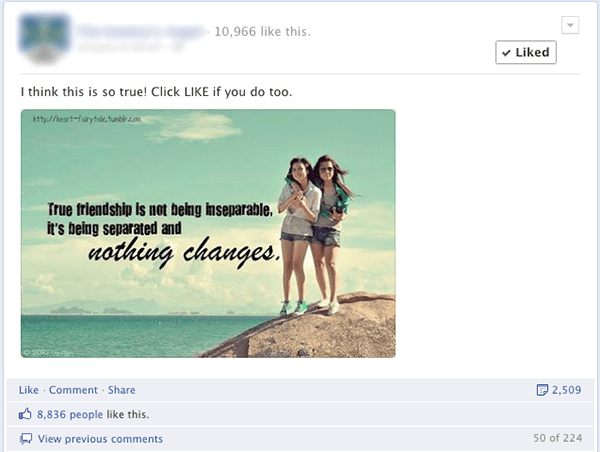
Optimisation best practice
To optimise your Facebook Ad for engagement, test it out as a ‘free’ Facebook organic post first before you boost it for post engagement.
Start with different formats of the same content (different calls-to-action, headlines, a couple of different images, etc.). Test these formats over the course of a couple of days to find appealing time slots. Whichever Facebook post performs better; it can be further amplified with paid ads.
Targeting best practice
Based on the best practice mentioned above, it makes sense to target your Facebook Ad to ‘Friends of Fans’ or a Lookalike audience. Avoid targeting Facebook fans of the page as they have already seen the post.
2. Page Likes
Advertising for page likes is one of the best ways to increase your brand profile on Facebook.
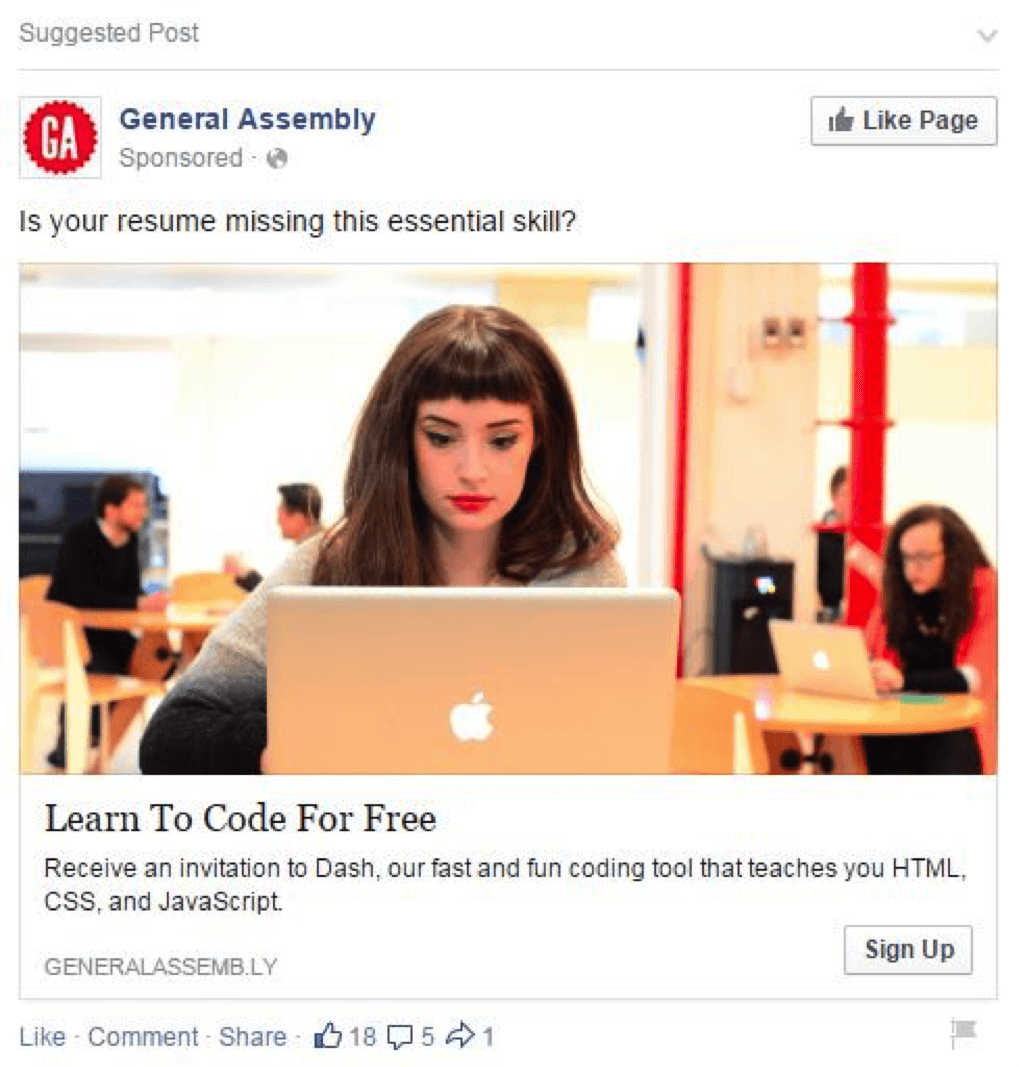
Optimisation best practice
Create a like-gated Facebook contest (for this you’ll need a third-party app) which drives traffic to a tab within your Facebook Page. In order to ‘enter to win’ the visitor will have to Like your page.
Creating a contest with a prize related to your business (rather than straight cash, for instance) is highly recommended.
Another option is to put a Facebook-special coupon code on your page’s timeline – something which you can make only visible to people who have liked your Page.
Targeting best practice
Targeting by precise audience interest or broad category is effective when looking for Facebook likes. You need an audience who is either interested in your products or who would benefit from them. For SaaS businesses, try targeting by job title, age group, and business type.
For B2C, target by broad category interests. Targeting via this option lets you explore your audience demographic in detail. For example, parents with pre-teens interested in subjects such as astronomy.
3. Clicks to Website
For website clicks, Facebook will enhance your ads for the most clicks possible. You can set it up as a page post that links to your website or domain ads.
Domain ads are useful, if you do not have a well-developed Facebook page, but would still like to advertise on Facebook. Though they are limited to the right side of the page and not eligible to appear in the News Feed, it could still be the best option available. This is the metric that you will use to get any direct traffic visits to your website.
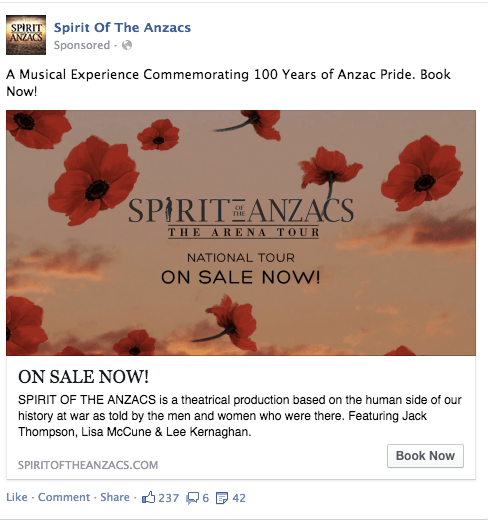
Optimisation best practice
Monitoring reach and frequency of targeted audience is extremely important when ads are set to this objective type.
Targeting best practice
Targeting by lookalike audience or broad category when looking for website clicks can be very beneficial. This format works best for lead generation or retail businesses.
4. Website Conversions
If conversions are your goal, then this ad objective is the best medium to implement that action. This objective is very similar to cost per acquisition bidding in AdWords.
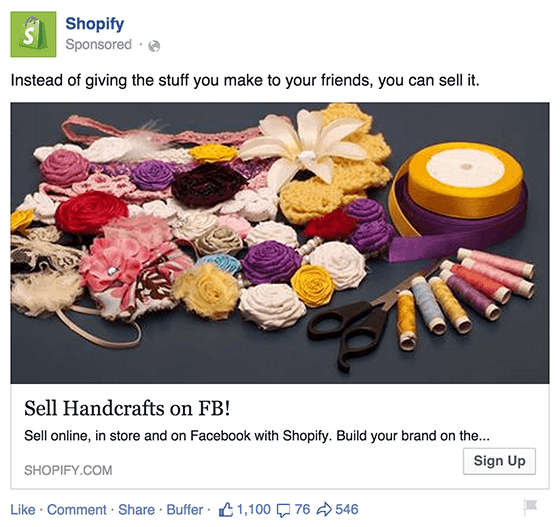
Optimisation best practice
Always enable Facebook conversion pixel on a ‘thank you’ page or the final action that you want your user to take. Optimising with this objective can lead to an increase in leads and reduction in overall costs.
Targeting best practice
This ad type works best to monitor checkouts, registrations, leads, key webpage views and adds to shopping cart.
5. Event Responses Ad
To create ads for an event, you will first have to create an event to advertise. If your goal is to get people to attend your event in person, then this is the type of ad objective that’s best suited to help meet your goal.
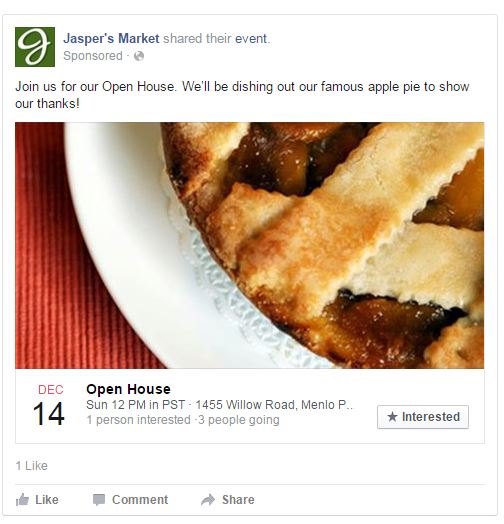
Optimisation best practice
This ad type is best enabled at the awareness stage of the conversion cycle where event promotion is crucial as a means of capturing targeted audiences.
Targeting best practice
Targeting friends of people who have already registered is the best tactic to increase your conversions. Targeting lookalike audiences of email subscribers or users who have already engaged with the event sign-up is also an effective method to increase event sign-up conversions.
6. Offer Claims
Similar to the offer extensions and Twitter lead generation cards, offer claims provide an incentive to your audience to use their email IDs in exchange for something (e.g. whitepaper download, coupon codes, giveaways, etc.).
Optimisation best practice
This ad type could be beneficial for both e-commerce and lead generation accounts. The only obstacle to offer claims is the required 50 page likes to start advertising. This objective is limited by age as well, so it requires an 18+ audience to be targeted.
Targeting best practice
Target to an audience that would engage the most with your business offer. Offers have a better chance of being successful if these best practices are followed:
- Make discounts substantial. Offers with free items such as buy one get one free or with discounts of at least 20% will typically reach more people than offers of lesser value.
- Set a reasonable expiration date of at least a few weeks or a month.
- Promote your offer; after creating an ad for your offer, pin your offer to the top of your Facebook page to maximise engagement.
7. Video Views
Video ads are useful if you want to increase your brand’s awareness. As per a 2014 Facebook study, brand awareness increases by 40% due to the auto play feature in Facebook ads.
Video ads appeal best to:
- An audience of people who have viewed at least 3 seconds of video created
- An audience of people who have viewed your video to 95% of its length created
If your targeting is right then Facebook even rewards you with a lower CPC. For example in the screenshot below you can see Facebook’s messaging if your video ads perform well.

Optimisation best practice
This format is extremely useful to use with lead generation businesses. Due to the 3 second ‘auto play’ feature, it’s much easier to build an audience with this format. The audience can then be retargeted with any ad format.
Targeting best practice
Targeting a broad audience with specific interests works best with this ad objective type. Always attach Facebook conversion pixels to this ad type as it can help to capture a lot of user cookies which can then be retargeted with other ad formats.
8. Lead Generation
This ad type is ideal to engage users without them having to leave Facebook’s interface. Lead generation ads work best for e-commerce websites and general lead generation for local businesses. These ads also work best for mobile users, as they no longer have to be redirected to a potential non-mobile friendly website. They can take action on the spot on Facebook. It’s one of the most cost efficient ways to get your customer’s email address.
Optimisation best practice
Lead generation ads can only be applied to audiences from 18-65+ age group. So, after you have designed the lead ads for these groups, I would suggest to:
- Split test your target audience to figure out an optimal group. The relevance metric is a good indicator to understand your targeting
- Design a compelling ‘Thank You’ page as these pages are a great spot to ‘upsell’ your product
Targeting best practice
Lead generation ads can be most effective if you create specific landing pages for their purpose. These landing pages can be created by third party tools such as Unbounce.com, HubSpot etc. Targeting a lookalike audience or re-targeting a list of potential leads works best with this ad objective.
By using these eight objectives and the conversion tracking tool, Facebook is making social media marketing more natural and more accessible for everyone.
Need some help with social advertising? Get in touch and one of our biddable experts will be happy to assist you and your business.